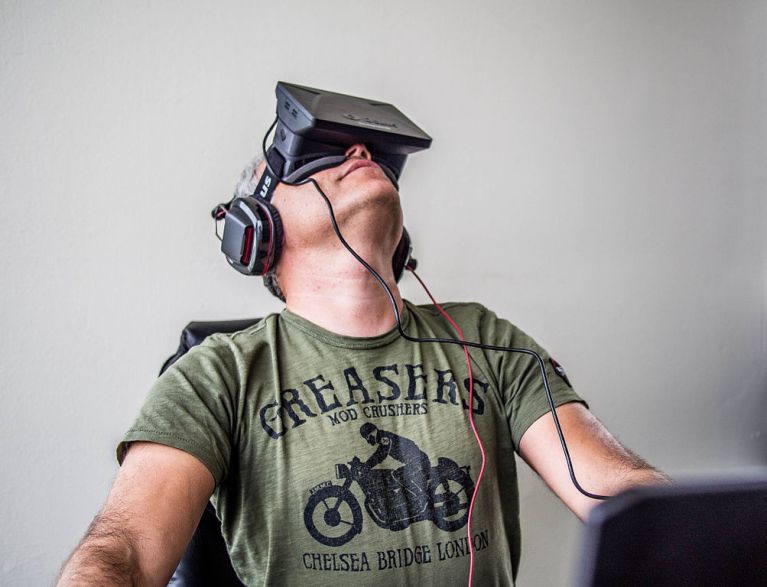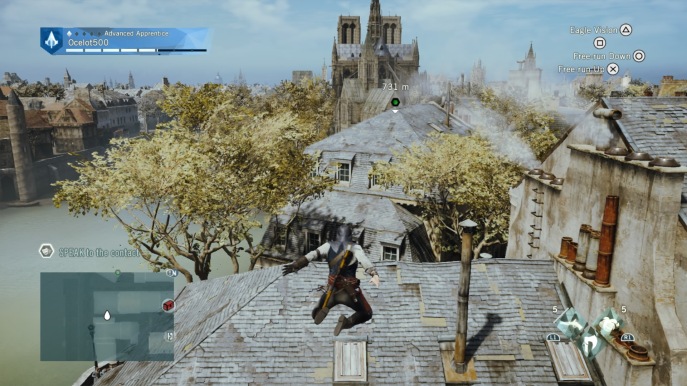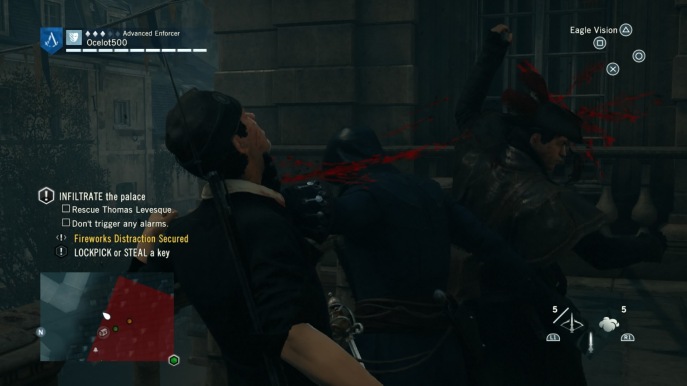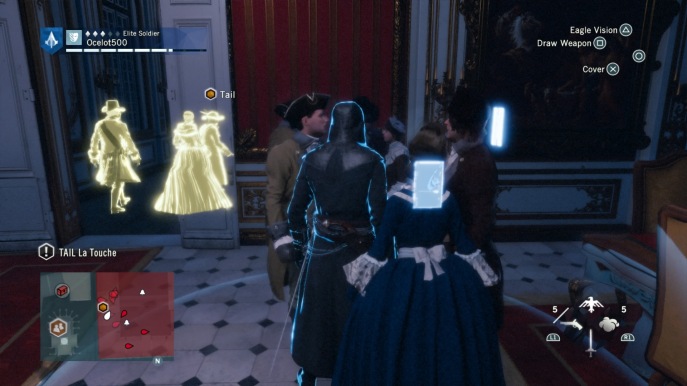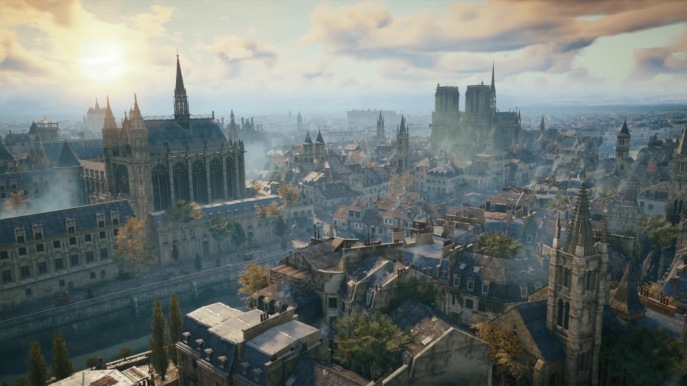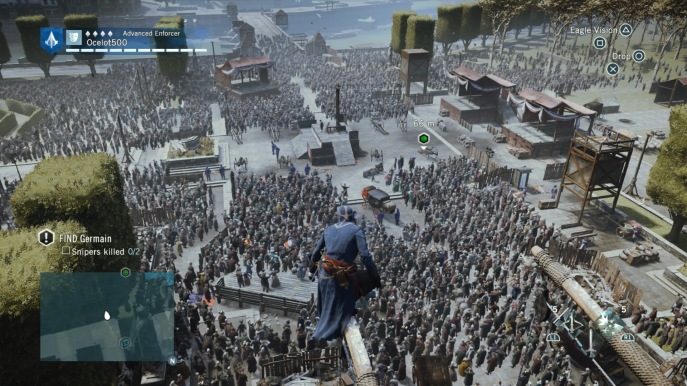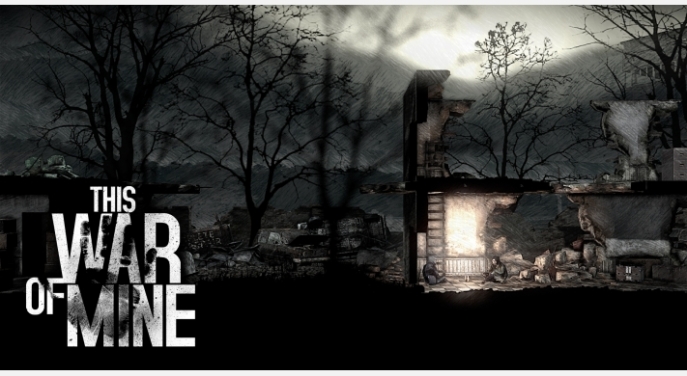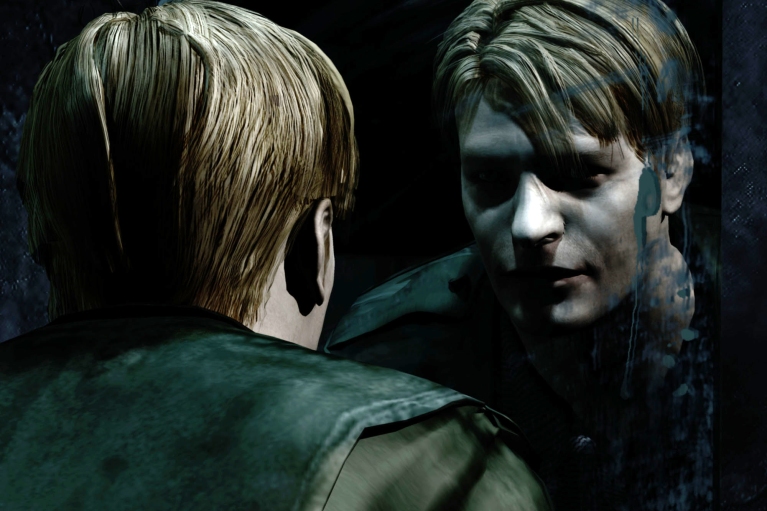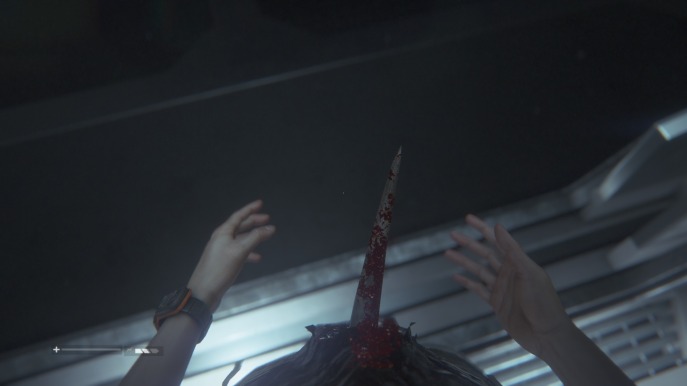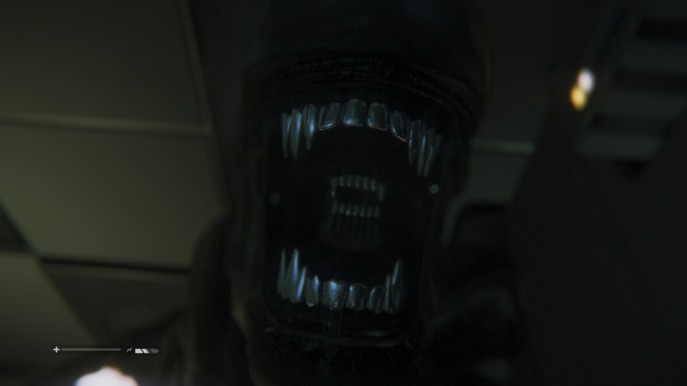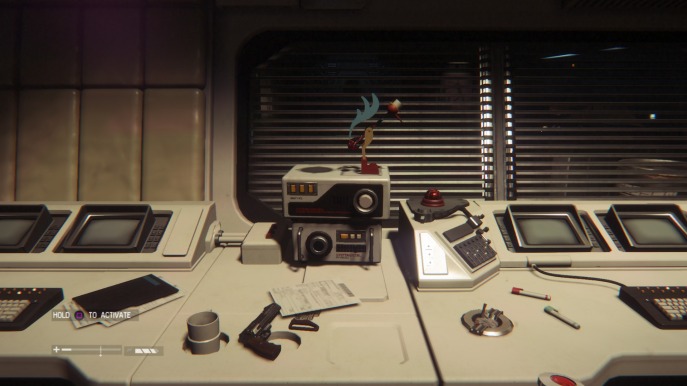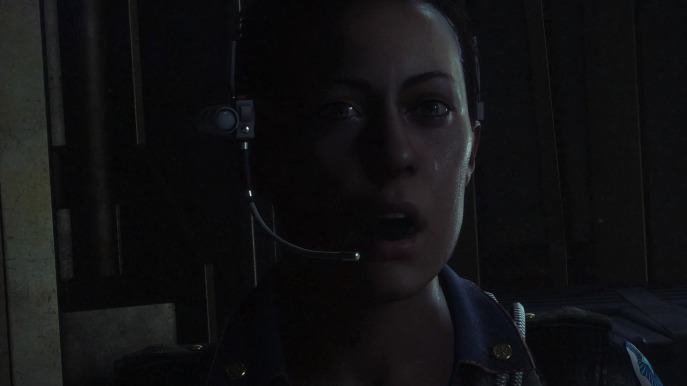How many gay, lesbian, bisexual, or transgender characters can you think of from videogames? I’m willing to bet that you could count them on one hand. Issues of gender and sexuality aren’t often addressed in games and when LGBT characters are included they’re often played for laughs or reinforce stereotypes; Erica Anderson, the trans waitress from Catherine, springs to mind. There are some notable exceptions however and the inimitable JRPG/Social sim Persona 4 prominently features characters who struggle with their gender and sexuality.
In the course of investigating some mysterious disappearances from the sleepy town of Inaba, you discover an alternate, fog-shrouded world filled with monsters called ‘Shadows’ that can only be accessed through TV sets. When people are taken into this parallel dimension, the elements of their psyche that they are repressing manifest themselves in the form of dungeons, monsters, and a shadow version of themselves whom they must accept in order to overcome their fear and escape the TV world. When Kanji Tatsumi disappears, the version of the TV world that presents itself is a seedy bathhouse and his Shadow appears in the form of an obscenely flamboyant and stereotypical version of himself complete with lisp, scanty attire, and homoerotic quips.
This is, obviously, an absurd caricature of a gay man but that is how the game’s shadow worlds present themselves; as perversions of reality created by the characters as a result of the disconnect between their ‘true’ selves, whom they are repressing, and the way that they feel they should be based on societal norms. After Shadow Kanji is defeated by the party, Kanji accepts that this alter ego is a part of himself but he doesn’t make any clear outward declaration that he is gay or bisexual and there has been a great deal of debate over his sexuality.
Many players don’t accept this interpretation of Kanji and believe, instead, that he is not conflicted over his sexuality as much as his masculinity. Kanji likes embroidery and dolls and other ‘unmanly’ pursuits that lead him to overcompensate with machismo. It’s also worth remembering that, as a Japanese game, Persona 4 is the product of a culture that thinks about issues of sexuality in a wholly different way to our own. Regardless of whether or not Kanji is attracted to men, the fact that this ambiguity exists is in and of itself a step in the right direction. There aren’t many games that earnestly try to address the inner turmoil that many teenagers face over the way that they are and the way that they ‘should be’.
Persona 4 doesn’t always get it right however. Kanji’s sexuality and masculinity are often made the butt of the joke by other characters and his attraction to another boy at school – Naoto Shirogane – is made more ‘acceptable’ when it’s discovered that Naoto is actually female. Like Kanji, Naoto struggles with her identity. Dubbed the ‘Detective Prince’ by the media, Naoto is introduced to the player as a freelance detective working with the police to solve the mystery of the recent disappearances and she is introduced as male.
As the game goes on, you discover that Naoto is actually biologically female but living her life as a man and, much like Kanji, the game is mostly earnest in its portrayal of Naoto as a trans man and her inner struggle with her gender identity. Unfortunately, this portrayal falls slightly flat when it’s revealed that Naoto chooses to live as a man to better fit her preconceived notion of what a ‘hard-boiled’ detective should be. Much like Kanji, Naoto’s motivations and character are left open to interpretation but, again, there aren’t many games that deal with non-binary gender identities in a meaningful and sincere way; Persona 4 should be praised for that.
While Persona 4 doesn’t always get it right, so to speak, it is undoubtedly a step in the right direction and, with Persona 5 due out later this year, I can’t wait to see what they do next.



